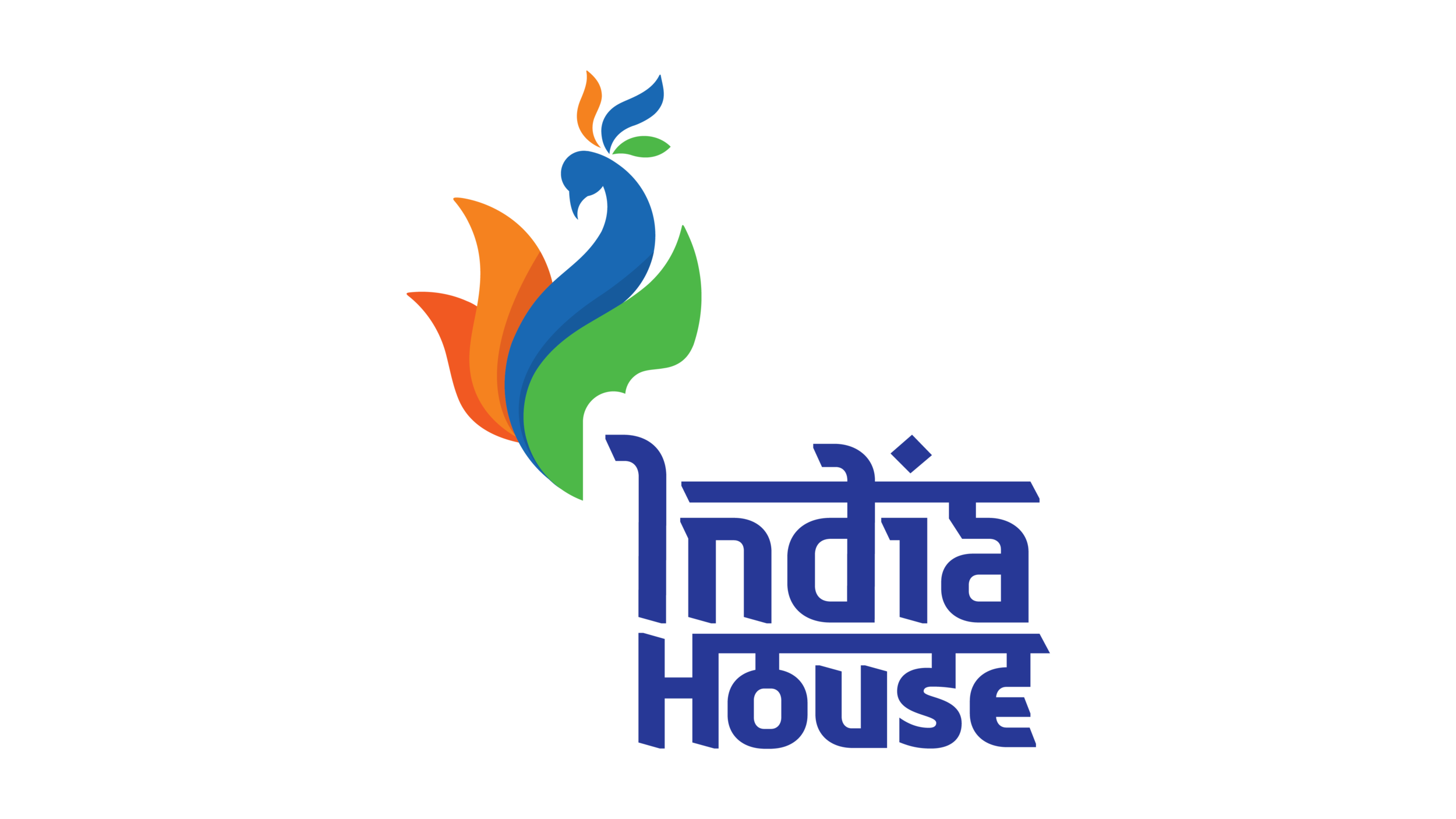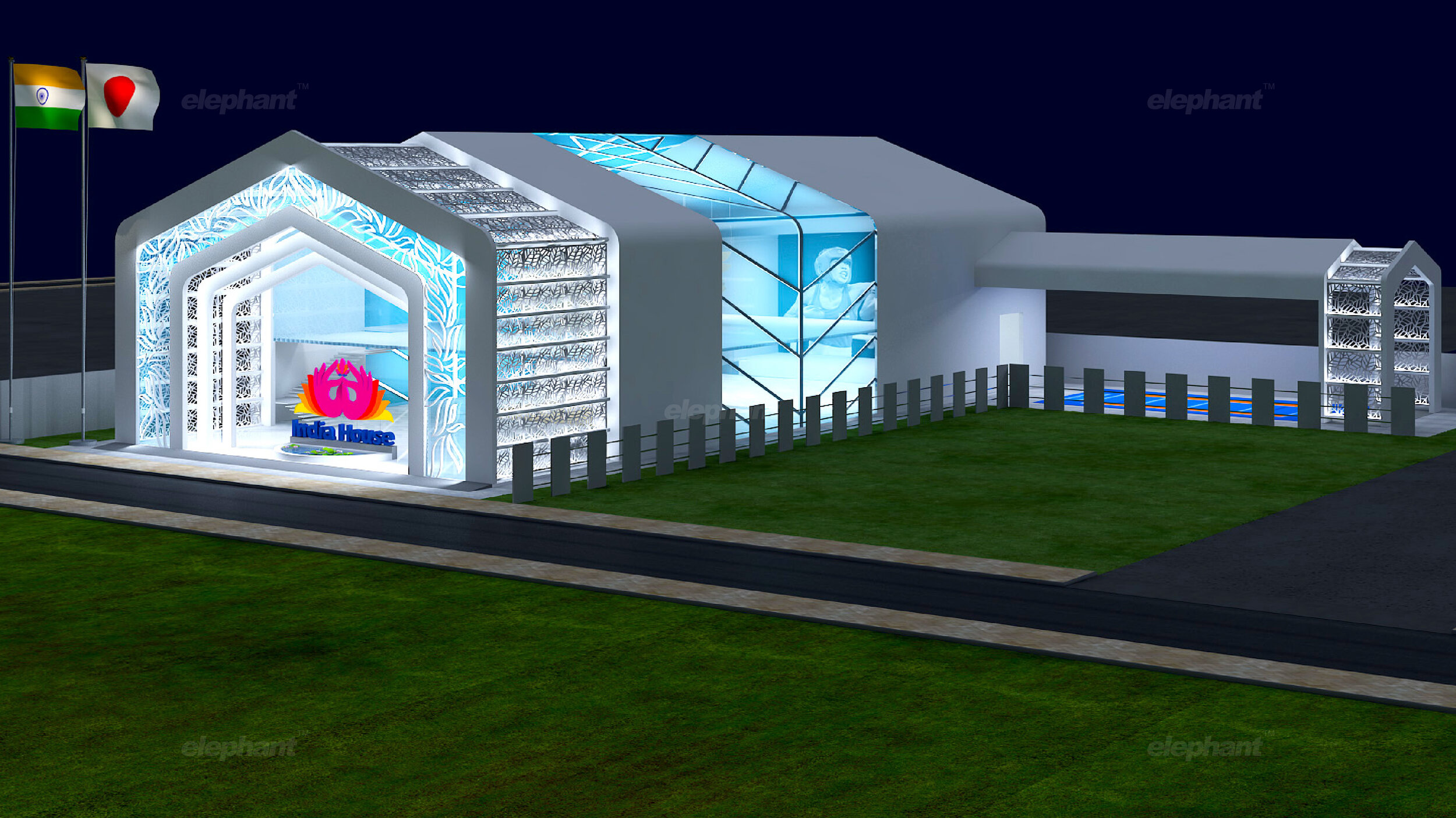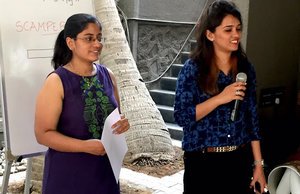Envisaging an Oasis of Indian Culture on World Stage – A Vision, unrealized due to the tragedy of the pandemic, but one that left us with hope & pride.
Combining Resilience and Achievement
For those involved with sport in any capacity, the importance of the Olympics is but a bygone conclusion. But this event, this celebration of cultural assimilation and human achievement transcends commonsensical notions of what it means to view and appreciate sports. With its theistic beginnings in ancient Greece that were limited to a handful of athletic and combat-based events, the world now witnesses an astounding 33 sports spanning 46 disciplines in omnichannel-style distribution. In a world that was otherwise united by the tragedy of the pandemic, the decision to host the Olympics this year could not have come at a better time. We wait with bated breath: to heal, to recover and to celebrate humanity, one impressive, Herculean feat at a time.
Enter Hospitality Pavilions
The Olympics don’t simply allow different countries to showcase their repository of talent. They also provide the general public a glimpse into the sheer variety of cultures, mindsets and landscapes that span our world – something we often need to be reminded of for this diversity to be appreciated. It is this spirit of discovery that governs the creation of hospitality pavilions.
You can imagine the excitement that surged through our team when we were approached jointly by JSW and the Indian Olympics Committee to create India House: an extraordinary celebration of India’s presence at the Tokyo Olympics. While the pandemic sadly did not let us implement our concepts, we wished to provide certain insights that came with this momentous exercise in creativity.
Crucial Questions
When one removes all instances of a built environment, what remains is simply an area – a plot of land where one’s imagination needs to envisage something that will innately embody the spirit of ‘India House’. But what does that truly mean? Beyond bare spatial requirements, the theme, structural design and visual identity determine everything.
How could we design this pavilion so that it conveyed everything that was truly Indian? What motifs, symbols and stories could we weave together to create meaningful impact? And how could we align our cultural identity with that of the Olympic essence? Would this space be the most welcoming and convenient experience for our para-athletes? These were some of the questions with which we began our work and the process of answering these were found at the intersection of environment design and the development of a visual identity system for India House.
Cultural/Visual
Our team ultimately decided that there wouldn’t be any better cultural virtue to focus on but the tenet of Indian hospitality itself. Atithi Devo Bhava, a common Sanskrit phrase likens the unexpected guest to God, where our hospitality should match the stature of this guest. In that vein, we articulated the values of this experience to revolve around Welcoming, Celebratory and Graceful overtones.
Each one of these values was then matched with prolific Indian symbols like the magnificent arches from heritage architecture, a dancing peacock in its full glory and the beauty and the grace of the lotus flower. We also utilized colors from the Indian flag and Devanagari script to add to our visual inspirations and form a complete palette.
Cultural/Structural
Beyond visual identity, the structure and environment also needed to adhere to Indian virtues, for which we devised several options, of which two were met with great reception.
The first option focused on using traditional Kerala architecture, involving the indigenous science of carpentry that was often used to build ancient temples, palaces and dwellings. Here, the Sun motif – a central symbol in Indian rituals and traditions would be interspersed with the spatial architecture in different zones. Even the activities and zones would be similarly themed – like the surya namaskar which stands for an active form of meditation and relaxation.
However, the option that was ultimately selected revolved around using the Peepal Tree as a central motif.
Signifying enlightenment, requiem and rebirth, the Peepal tree is not simply the tree under which the Buddha obtained enlightenment – something often conveyed in Indian mythos beyond India. It also serves as a gathering point for socio-cultural events in the Indian rural landscape, under which the panchayat often sits, or musical/dramatic performances are given.
With the Peepal Leaf’s heart-shaped profile being interpreted in multiple ways, we saw its implementation in the form of backdrops, intricate filigrees, main framework, floor patterns and other tangible elements. While harmonizing seamlessly with the hospitality-driven visual identity, this structure beckons all attendees in an inviting, warm fashion and promises a unique, completely immersive experience like none other.
Unity and Collaboration
Both – the structure and its constituent materials, meanwhile, combine a blend of ancient and modern to lend credence to both aesthetic form and pure function. This additionally pays homage to the respective cultures of Japan and India, embracing the spirit of creative collaboration between civilizations that strikes at the heart of the Olympic spirit.
Our work in this direction was a vision that remained a dream because of a reason that now afflicts us all – the pandemic. But this dream had three distinct objectives, which we hope were realized within our processes: One, to highlight the idea of a modern India: An India with technological prowess, an industrious economy and within this context, a sporting powerhouse. Two, celebrate our impressive roster of hardworking, dedicated Olympians whether they take the podium or not. Lastly, embody the notion of a home away from home – creating our very own oasis where people could just sit back and absorb the nuances of Indian culture – and thus, we go forth!























































